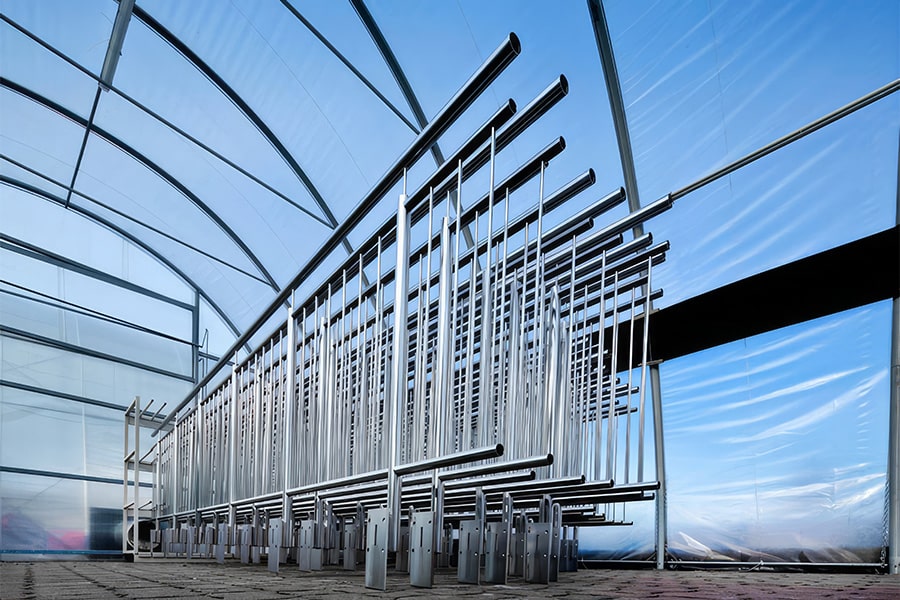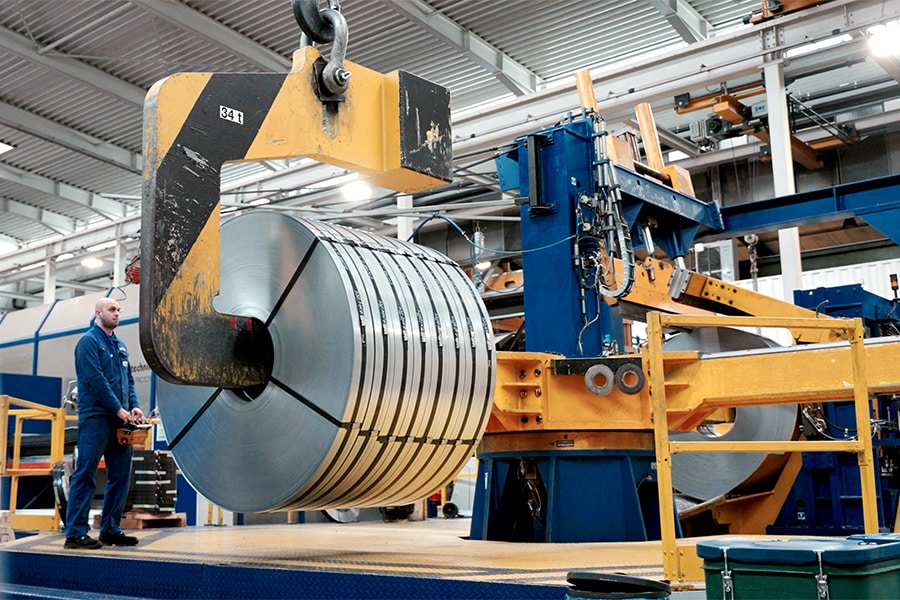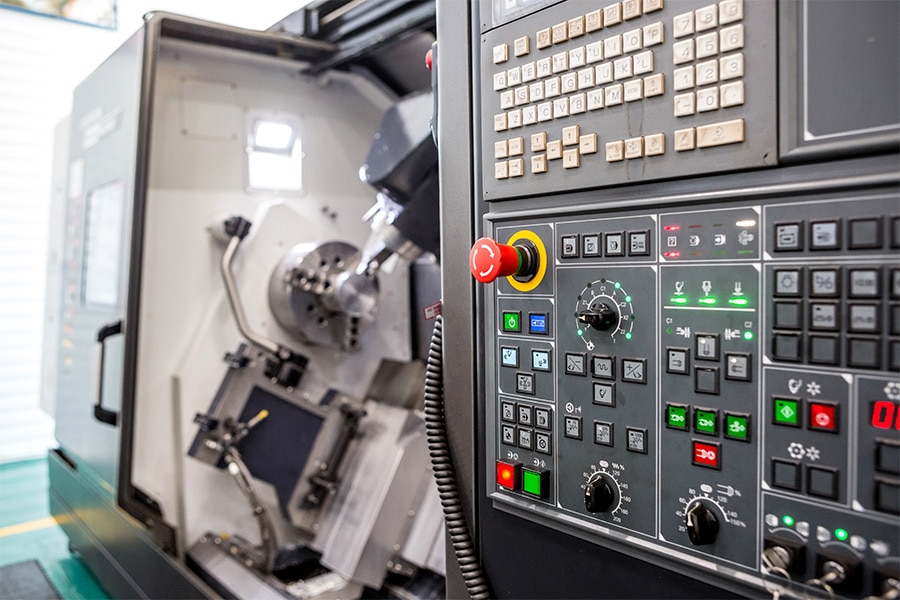
Robotic welding: the basics at a glance
One speaks of robotic welding when robots perform the welding process automatically. They do so on the basis of a welding program that can be rewritten each time according to the project. Robotic welding is an extremely advanced version of automatic welding. Machines may lay the welds, but welders are still needed to control and supervise the process.
The use of robot technology guarantees precise and fast results, less waste and greater safety. Robots can also get to otherwise inaccessible locations and lay even the most complicated and precise welds and welds faster than would be possible manually. This gives manufacturing companies extra time and more flexibility. With the wide range of technology available, robots can use a variety of welding processes: arc welding, resistance welding, spot welding, TIG welding, laser welding, plasma and MIG welding. The focus is on creating the right welding programs and supports for welding applications.

Importance of robotic welding in manufacturing industry
Due to the advantages of time savings and high productivity, robotic welding has become an integral part of production processes in metal and heavy industry, and especially in automotive, where they use spot and laser welding. Robotic welding lends itself best to short welds with curved surfaces and repeatable and predictable operations that require minimal changes and adjustments in the welding process. Using external axes, the robot is also suitable for longer welds, such as those in the shipbuilding industry.
Although robotic welding primarily finds application in mass production, where efficiency and quantity are paramount, welding programs can be customized to meet any need and robots can also serve for smaller runs and even single pieces, without sacrificing high efficiency.
Equipment for robotic welding
Welding robots combine welding, robotics, sensor technology, control and artificial intelligence. Components include software with specific programs, the welding devices that bring the energy from the welding source to the workpiece, and the robot that handles the tool to lay the weld. The robot's process sensors measure the parameters of the welding process, while the geometric sensors monitor the geometric parameters of the welding process. By capturing and analyzing the input data from sensors, the controller can adjust the output of the robotic welding process based on the procedural specifications defined in the program. Depending on the intended use, these can be robotic arms or gantry robots. Six-axis industrial robots are usually chosen, which have a three-axis arm joint and a three-axis wrist joint. That way, the welding torch can be mounted on the wrist and maneuvered into all positions for three-dimensional welding. The welding system should be integrated with the robot and be compatible with or preferably specially designed for robotic welding. Then the robot can control all processes.
Technology behind robotic welding
In robotic welding, as mentioned, the focus is on software and proper programming. That means you will need to allocate resources for equipment, testing and operator training. Therefore, robotizing a welding process requires careful planning. Current welding production, along with all its processes and costs, must be analyzed.
In addition, look at the compatibility of the equipment present with robotics. Correct welding requires correct specifications. In automated welding, welds are consistent so that they can be laid as narrowly as possible. Consistent parts allow the robot to perform the weld in the same location with very high repeat accuracy. Thanks to preset programs, all processes that make the robot move can be monitored.
Robots need the input of an operator to complete a task successfully. However, that task need not be limited to welding the same piece to the end of its days. With a new program, the robot can start working on another part in no time. It can perform the same operation 24/7, but if the task changes, so must the program.



